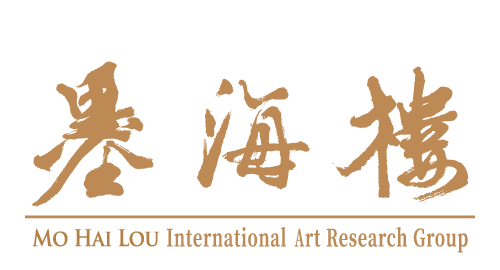Introduction
Transcending the material, creating forms solely from the mind; unbound by conventional ink, embodying the beauty of integration.
Chiang Ming-Shyan skillfully employs both side and central brush techniques, with strokes that are sometimes as heavy as mountains and at other times as upright as pines, showcasing the masculine beauty of architecture. His works reflect the integration of Western painting’s concepts and techniques with the creative processes of Eastern painting. After a period of internalization and sublimation, he reconstructs these influences using traditional ink painting vocabulary, forming a unique and recognizable style.
His compositions are dramatic, often featuring serpentine mountain ranges interwoven with mist, vividly recreating the vision of “gazing far and wide into the expansive heavens.” He extensively utilizes the aesthetic of “negative space,” cleverly creating depth and a sense of haziness in his works. These “whites” function like rests in a musical composition, becoming the “living eyes” of the painting. Moreover, Jiang enjoys writing poetry and prose in the blank spaces of his works, not only abstracting the spatial composition but also resonating with the ideal of the unity of “poetry, calligraphy, and painting” in literati art.
His artistic language blends Eastern and Western aesthetic spirits, adhering to the creative philosophy of “whether it is brush or ink, I exist within it,” and pursuing the ideal realm of “the harmony of form and spirit.” The grandeur and extraordinary momentum of his works embody the creative attitude that “one must be unencumbered and solitary while painting, then the spirit flows in hand, and the vitality is unleashed.

